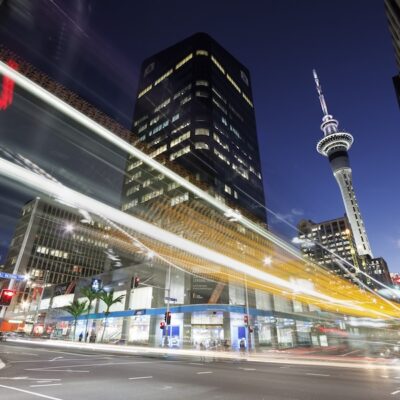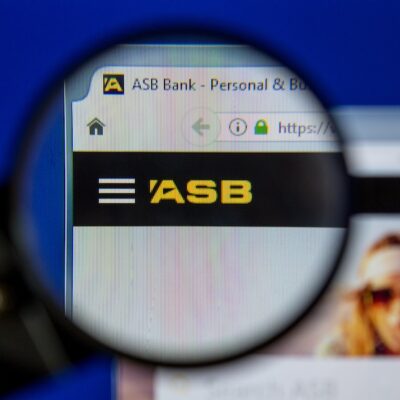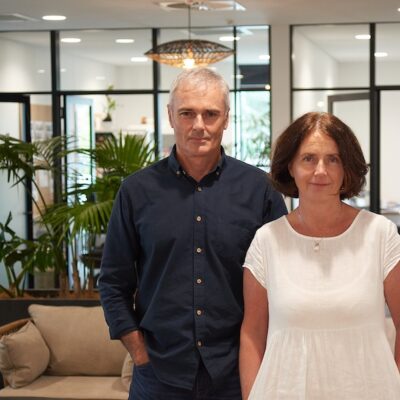New regulator changes workplace H&S landscape
The Government has announced the establishment of a new stand-alone Crown agency ‘WorkSafe New Zealand’ to act as the lead regulator for workplace health and safety in New Zealand.
750
The Government has announced the establishment of a new stand-alone Crown agency ‘WorkSafe New Zealand’ to act as the lead regulator for workplace health and safety in New Zealand. The Health and Safety (Pike River Implementation) Bill 2013, under which the new agency is introduced, had its first reading, in Parliament on 27 June 2013, and it is expected that the new agency will assume oversight of health and safety in December 2013.
The establishment of WorkSafe New Zealand comes as a result of recommendations from both the Royal Commission on the Pike River Coal Mine Tragedy Report (released in October 2012), and the Independent Taskforce on Workplace Health and Safety (released in April 2013). Both identified the need for an overhaul of our current health and safety laws, and agreed that a necessary feature of the system moving forward would be the introduction of a new regulator. The Government has responded quickly, and we are now getting an insight into how the new agency will work.
Proactive and preventative
WorkSafe New Zealand will be tasked with both assisting businesses to engage with best health and safety practice, and with holding those who do not meet the standards to account.
Having a new stand-alone regulator is intended to provide a magnified focus on workplaces. In preparation for this, the Labour Group of the Ministry of Business, Innovation and Employment (the current lead regulator) has released a document outlining the key changes to be expected from July. These include:
• a greater focus on proactive and preventative approaches to health and safety
• more regulator visibility in workplaces
• clearer expectations of workplaces and guidance on compliance
• a firm regulatory stance
• a strong focus on high risk sectors (such as agriculture, forestry, construction and manufacturing)
• better cross-government partnerships.
MBIE has also indicated that, in preparation for the move to the new regime, it will be making some immediate changes. These include significantly increasing workplace assessments, and introducing a new approach to investigations. From 1 July 2013 there are three types of inspectors – response/triage inspectors, proactive or assessment inspectors, and investigative inspectors. The purpose of this shift is to allow each group of inspectors to focus on the specific areas and types of work that they will undertake.
Duty holders will also be expected to analyse and report on certain incidents themselves. These obligations will be more onerous than current internal investigation requirements, with reports being required to identify what went wrong and why, what the underlying causes were, and what the duty holder has decided to do about it. Inspectors intend to review these reports and follow up where they consider necessary.
What this means for you
Employers and other duty holders should take notice of the focus points identified here and begin to assess whether current internal practices stand up to the kind of investigation system which MBIE is now implementing. There is no doubt that WorkSafe New Zealand will emerge firing on all cylinders and workplaces need to make sure they do not get caught wanting.
If you would like specific advice in relation to what the changes mean for your business and what you can do to avoid getting caught in the firing line, get in contact with one of the health and safety experts at Kensington Swan.




